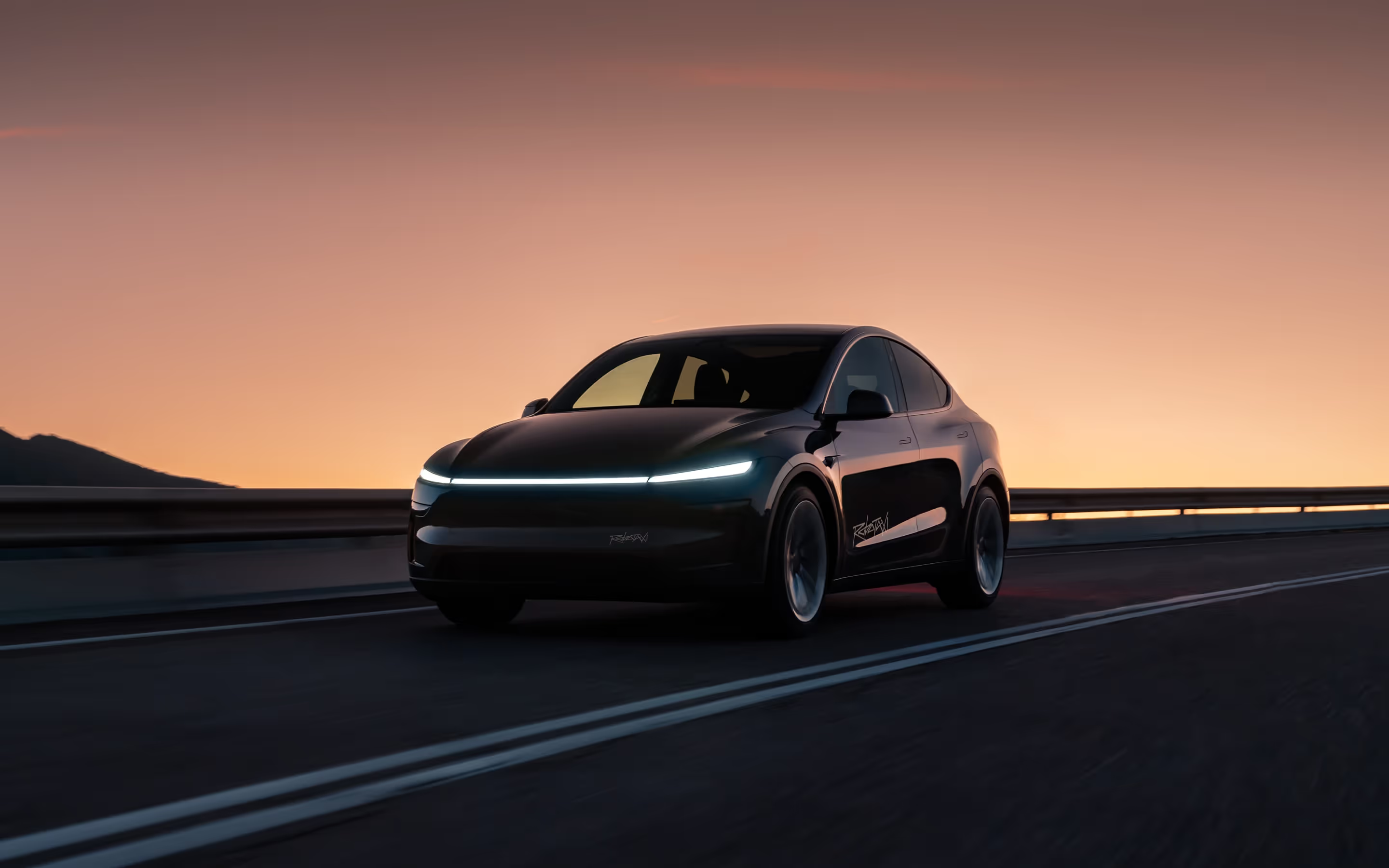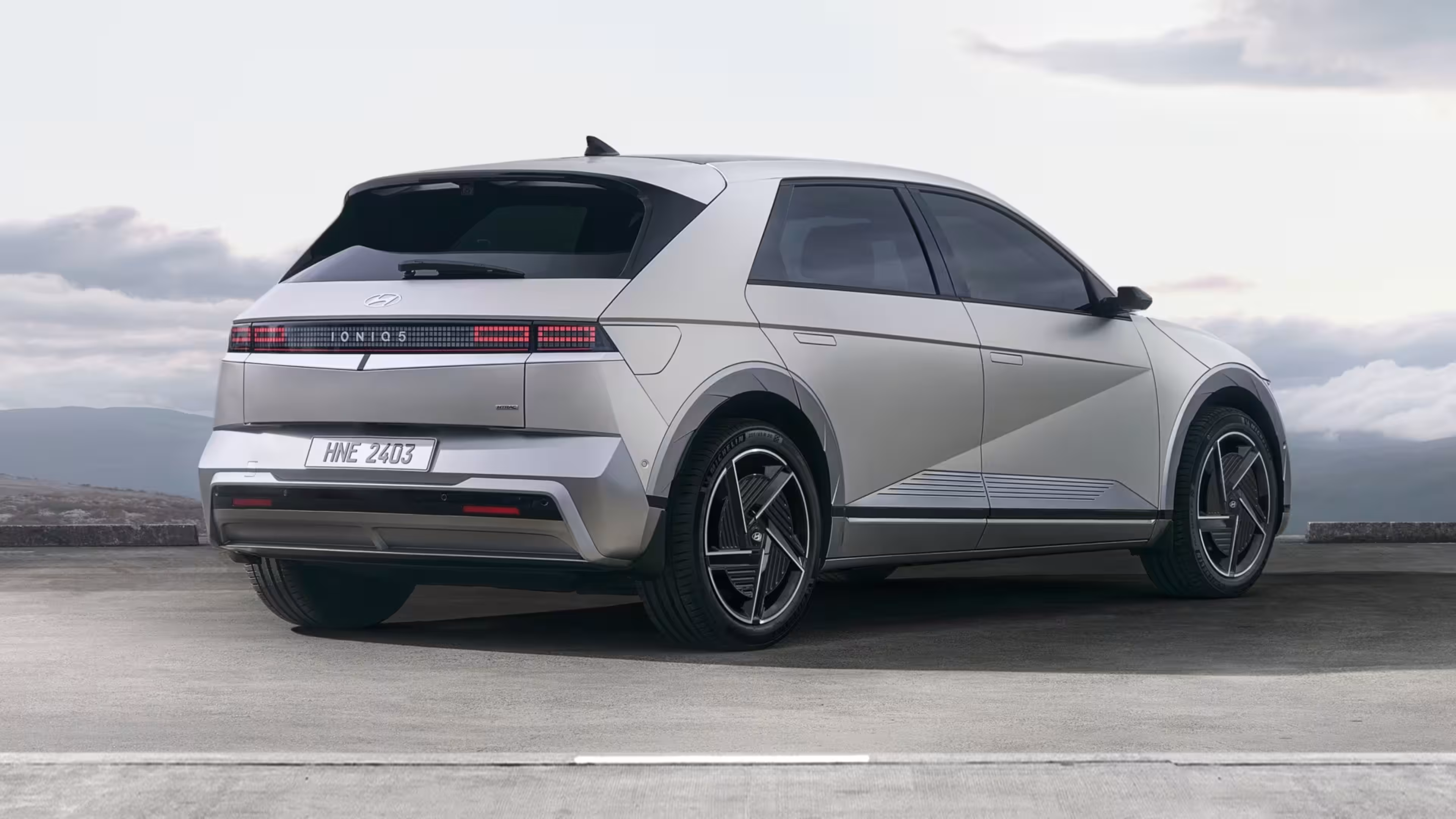The car subscription business model has rapidly emerged as a modern and flexible alternative to traditional car ownership, leasing, and rental methods. In an ever-changing landscape where customers prioritize convenience, flexibility, and value, understanding the costs involved in running a car subscription service is paramount.
The car market is evolving as car sales shift from traditional ownership to subscription-based models, with innovative sales channels such as direct sales, dealer networks, and online platforms gaining prominence. Recent supply chain issues have also influenced the adoption of car subscription models, as consumers and businesses seek more flexible alternatives due to vehicle shortages and delays.
Properly managing these costs not only ensures profitability but also positions businesses competitively in a burgeoning market.
Understanding the Car Subscription Model
Definition and Explanation
The car subscription model is revolutionizing the way people access vehicles, offering a flexible and convenient alternative to traditional car leasing and ownership. Unlike conventional methods, a car subscription allows individuals to use a vehicle for a specified period in exchange for an all inclusive monthly fee. This all inclusive monthly fee covers not only the use of the car but also insurance, routine maintenance, roadside assistance, and other services, making it a hassle-free option. The subscription includes insurance, routine maintenance, and other services, providing a comprehensive package. Many providers also require a one time enrollment fee in addition to the monthly payment.
This model is particularly appealing to those who value flexibility, as it often allows subscribers to change cars easily, swap, or upgrade vehicles based on their needs and preferences. Some plans provide access to a single vehicle at a time, while others offer more variety. Car subscriptions also allow users to test a vehicle for an extended period, giving them more time to evaluate if it suits their needs. Most providers set a minimum age requirement, such as 21 or 23, for eligibility.
Whether it’s a compact car for city driving, luxury sedans, new cars, or new vehicles with the latest features, the car subscription model provides a hassle-free solution that adapts to the subscriber’s lifestyle. Unlike traditional leasing contracts, car subscriptions do not require long term commitments, making them an attractive alternative for those seeking flexibility.
Car Subscription Business Model vs. Traditional Models
Unlike traditional car rental and leasing models, the car subscription business operates on a more dynamic pricing and offering system, with many car rental companies transitioning to this model. Established rental companies are leveraging their existing infrastructure and vehicle fleets to offer flexible subscription services that complement traditional rental options. Traditional car rental usually focuses on short-term commitments and immediate revenue streams, while leasing structures revenue over longer fixed terms.
Car buying, on the other hand, involves a long-term commitment, financing, and full ownership of the vehicle. The car buying process typically includes selecting, evaluating, and financing a vehicle, often through platforms like Edmunds or CarMax, and results in the consumer owning the car. In contrast, the car subscription model bridges the gap between these options, offering medium-term usage flexibility with more recurrent revenue. This shift necessitates an agile approach to managing costs, balancing short-term expenses with mid-term revenue projections.
Operational Costs and Monthly Fee: The Backbone of Car Subscription Services
A major component of the car subscription business model’s expenditure revolves around its operational costs. The subscription price or monthly payment typically covers a range of services, such as insurance, maintenance, and sometimes even roadside assistance, making costs predictable and easy for consumers to budget. These can be broadly categorized into:
- Vehicle Acquisition and Depreciation: The initial capital required to acquire a diverse fleet of vehicles represents a significant chunk of the costs. Over time, these vehicles depreciate, and this depreciation rate impacts both the pricing strategy and the resale value. Incorporating electric vehicles into the fleet can also reduce long-term maintenance costs and appeal to environmentally conscious consumers. Balancing fleet diversity with vehicle lifespan is vital to optimize costs.
- Maintenance and Repairs: Regular upkeep ensures that vehicles remain in prime condition, fostering customer trust. While maintenance is a recurring cost, proactive care can reduce more significant repair expenses in the long run. Some subscription rates include wheel protection as part of their maintenance or insurance package, further enhancing value for subscribers.
- Insurance Costs: Comprehensive insurance coverage is crucial in the car subscription arena. Premiums can be significant, depending on fleet size and vehicle types, affecting the overall cost structure. The payment required is typically limited to the monthly fee, with no down payment, but subscribers should be aware that excess wear and tear may incur additional charges.
Analyzing operational costs and usage data can provide valuable insights for optimizing the subscription model and enhancing customer experience.
Vehicle Acquisition Costs
One of the standout advantages of the car subscription model is the elimination of the hefty down payment that is usually required in traditional car leasing or purchasing. This makes it an attractive option for those who want to avoid significant upfront costs. Instead, the monthly fee in a car subscription covers various vehicle acquisition costs, including depreciation and interest. This means that subscribers can enjoy the benefits of driving a new or nearly new car without worrying about the financial burden of ownership. By bundling these costs into the monthly fee, car subscription services offer a more predictable and manageable financial commitment, making it easier for customers to budget and plan their expenses.
Automaker backed subscription services, such as Care by Volvo and Porsche Drive, are prime examples of how manufacturers are entering the subscription space with branded programs. These services often operate through the automaker's dealer network and provide a comprehensive package that may include insurance, maintenance, and roadside assistance. Care by Volvo, for instance, offers a flexible subscription with included maintenance and insurance, while Porsche Drive delivers a luxury experience with multiple tiers and vehicle swapping options. Many of these programs are expanding their fleets to include commercial vehicles, catering to both individual and business needs.
Subscription Platform, Technology, and Insurance Costs: Digitizing the Drive
In today's tech-driven world, the backbone of a car subscription service is its digital platform. From customer interface to backend operations, technology intertwines with every aspect. Initial technology setup, which includes software development or platform integration, can be capital-intensive. Yet, its benefits, such as automation, scalability, and efficiency, justify the investment. However, businesses must also allocate funds for regular software updates, maintenance, and potential scaling needs.
Customer Service and Management: Building Brand Trust
Quality customer service is an underpinning of the car subscription model's success. Subscribers, unlike traditional renters or leaseholders, expect consistent support throughout their subscription duration. This necessitates a robust customer service team that's well-trained in the nuances of the car subscription industry. Thus, costs here are twofold: hiring and training personnel, and maintaining an infrastructure—whether digital or physical—to manage customer queries and concerns.
Marketing and Customer Acquisition: Driving Growth in the Subscription Era
No business model can thrive without an effective marketing strategy, and the car subscription sphere is no exception. Marketing costs encompass a range of activities, from digital advertising campaigns and SEO efforts to partnerships and promotions. These not only bring the brand to the forefront of potential subscribers' minds but also build a loyal customer base. The dynamic nature of the car subscription model means that marketing strategies must remain flexible, adjusting to market trends, customer feedback, and fleet changes.
Vehicle Options: Tailoring Subscriptions to Diverse Needs
One of the standout features of the car subscription model is its ability to cater to a wide spectrum of customer preferences through an extensive selection of vehicles. Car subscription services typically offer access to everything from compact cars and family-friendly SUVs to luxury vehicles and the latest electric vehicles. This flexibility means subscribers can choose a vehicle that fits their current lifestyle—whether that’s a fuel-efficient sedan for daily commuting, a spacious SUV for family trips, or a high-end luxury car for special occasions.
A key advantage of car subscriptions is the option to swap vehicles as needs change, all without the long-term commitment or hassle associated with traditional car ownership. For example, a subscriber might drive an electric vehicle during the week and switch to a larger SUV for a weekend getaway. The monthly fee covers not only the use of the vehicle but also includes insurance coverage, routine vehicle maintenance, and roadside assistance, ensuring a seamless and worry-free experience. This all-inclusive approach allows customers to enjoy the benefits of driving a well-maintained car without the burdens of ownership, making car subscription services an attractive choice for those seeking convenience, variety, and peace of mind.
Subscription Pricing Models
Car Subscription Pricing Strategies
Car subscription companies employ a range of pricing strategies to attract a diverse customer base and stand out in a competitive market. Here are some common approaches:
- Flat-Rate Pricing: This straightforward model charges a fixed monthly fee for access to a specific vehicle or a selection of vehicles. It’s simple and predictable, making it easy for customers to understand and budget for their subscription.
- Tiered Pricing: This model offers different levels of service at varying monthly fees, catering to different customer needs and budgets. For example, a basic tier might include standard vehicles and limited mileage, while a premium tier could offer luxury vehicles and unlimited mileage.
- Usage-Based Pricing: In this model, customers are charged based on their actual usage of the vehicle, such as the number of miles driven or the frequency of use. This can be particularly appealing to those who drive infrequently or want to pay only for what they use.
- Premium Pricing: This strategy involves charging a higher monthly fee for access to luxury or high-end vehicles. It’s designed for customers who are willing to pay more for a premium experience, including access to the latest models and top-tier features.
These pricing strategies enable car subscription companies to offer flexible and affordable options that meet the varying needs of their customers while ensuring a steady revenue stream and maintaining profitability. By tailoring their pricing models, these companies can attract a broad audience, from budget-conscious drivers to those seeking luxury and exclusivity.
Market Trends: The Evolving Landscape of Car Subscriptions
The landscape of car subscription services is rapidly transforming, shaped by shifting consumer expectations and technological innovation. As more people seek flexible alternatives to traditional car ownership, the car subscription model has gained traction among a diverse audience. The rise of digital customer journeys and the appeal of all-inclusive monthly fees have made car subscriptions accessible and attractive to tech-savvy consumers who value convenience and transparency.
Rental companies and car manufacturers are increasingly entering the subscription market, offering a variety of subscription models that cater to different needs—from car sharing options to premium packages featuring luxury vehicles and electric vehicles. The growing demand for sustainable transportation has also led to a surge in electric vehicle offerings within car subscription services, providing environmentally conscious drivers with more choices than ever before. As the market matures, we’re seeing innovative features such as flexible subscription terms, the ability to swap vehicles, and tailored monthly fees that reflect individual usage patterns. These trends point to a future where car subscriptions become a mainstream option, reshaping how people access and experience vehicles.
Statistics and Outlook: Numbers Shaping the Future
The future of car subscription services looks promising, with industry statistics highlighting a surge in popularity and adoption. Recent surveys reveal that a growing number of car owners are considering car subscriptions as a viable alternative to traditional leasing and ownership, particularly among younger generations who prioritize flexibility and convenience. The average monthly fee for car subscriptions is now competitive with traditional leasing, making it an appealing option for budget-conscious consumers.
Market forecasts suggest that the number of car subscription contracts will continue to rise, with more car manufacturers and rental companies launching their own subscription services to capture this expanding market. By 2030, experts predict that car subscriptions will account for a significant share of the automotive industry, driven by evolving consumer preferences and the increasing availability of diverse vehicle options. As subscription models become more refined and accessible, the automotive landscape is set to undergo a major transformation, offering customers greater choice and flexibility than ever before.
Advantages and Disadvantages: Weighing the Subscription Model
The car subscription model brings a host of advantages that appeal to modern drivers. Chief among these is flexibility—subscribers can access a wide range of vehicles without the need for a down payment or long-term commitment. The monthly fee typically includes insurance, maintenance, and roadside assistance, streamlining the driving experience and eliminating many of the hassles associated with traditional car ownership. The ability to swap vehicles as needs change further enhances the appeal, allowing customers to adapt their choice of car to their lifestyle or special occasions.
However, there are some potential drawbacks to consider. Monthly fees for car subscription services can sometimes be higher than those for traditional leasing, especially for premium or luxury vehicles. Additionally, some subscription services may impose mileage limits or restrict access to certain vehicle models, which could result in extra costs for customers who exceed these limits. Despite these considerations, many drivers find that the convenience, flexibility, and all-inclusive nature of car subscriptions outweigh the disadvantages, making it a compelling alternative to traditional leasing or buying a car.
Conclusion
In conclusion, the car subscription model is a rapidly evolving and innovative approach to car ownership, offering customers a flexible and convenient alternative to traditional leasing and buying options. With a wide range of vehicle options, all-inclusive monthly fees, and the ability to swap vehicles as needed, car subscription services are becoming increasingly popular. As the market continues to grow and expand, we can expect to see more car manufacturers and rental companies offering subscription services, providing customers with a wider range of choices and options. Whether you’re looking for a luxury vehicle, an electric car, or a compact sedan, car subscription services have something to offer. With its many advantages and relatively few disadvantages, the car subscription model is an attractive option for those seeking a hassle-free and flexible driving experience. As the automotive industry continues to shift towards more sustainable and customer-centric models, car subscription services are likely to play a significant role in shaping the future of car ownership.









